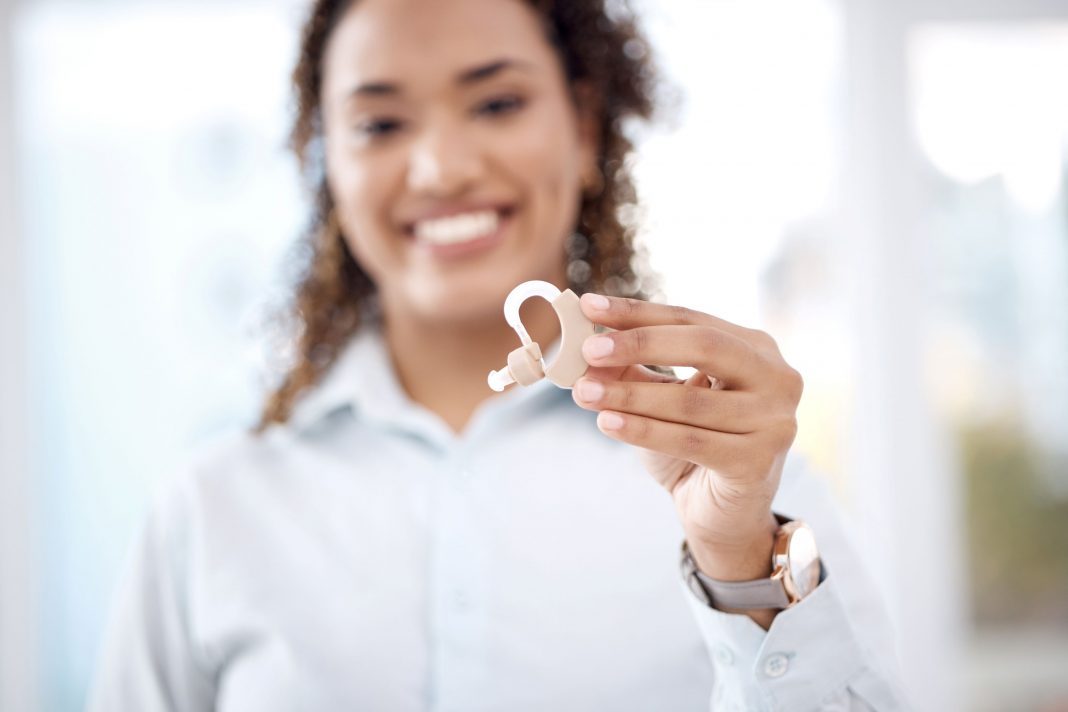Most people wait an average nine years before they begin to act on their hearing loss and awareness of options is low. This World Hearing Day (Sunday, 3 March) the World Health Organization (WHO) is urging countries to change this by changing mindsets on hearing loss.
“Avoidance and delay on hearing loss isn’t just an inconvenience,” says Chris Rehn, Chief Executive of national not-for-profit NextSense, which runs Australia’s largest cochlear implant program.
“It has a significant impact on people’s health and wellbeing. Hearing loss can lead to social isolation, mental health problems, falls, hospitalisation and cognitive decline. The evidence continues to mount around the link between hearing loss and dementia, with studies nominating hearing loss as the number one modifiable risk factor for developing the disease.”
Over a third of all adult hearing loss is preventable, 80% of hearing needs go unmet and the cost of unaddressed hearing loss costs an annual US$1 trillion across the globe―in Australia it costs AU$40billion in financial costs and lost wellbeing. But the WHO says deeply ingrained societal misperceptions and stigmatising mindsets limit efforts for preventing and addressing this unmet need.
For Canberra environmental consultant Colin Trinder, 64, flying around Asia assessing planning projects, sitting on boards and chairing meetings is business as usual. But life could have taken a very different turn if he hadn’t acted when he lost his hearing.
“There’s no doubt I would have had to quit my career – work would have been impossible,” he says.
Even though it took him some years to get the right combination of a powerful hearing aid in his right ear and a cochlear implant in his left, Colin was proactive in researching his options.
Colin had a head start in understanding how cochlear implants work. As a young public servant in the 1980’s he took the minutes at an interview with the inventor of the cochlear implant device, Dr Graeme Clark, who was applying for a research grant for the development of the technology.
Now he’s using the technology himself to keep him in the workforce―and has kept his passion for competitive hockey and adventure trekking alive. He is planning his third trek across the Kokoda Track in June – giving himself enough time to recover before he plays hockey for Australia at the 2024 Hockey Masters World Cup in New Zealand later this year.
He’s also committed to helping others with hearing loss. He regularly shares his own story as a Discover Hearing Implant volunteer for NextSense, which worked with Colin to restore his access to sound.
Through NextSense, Colin was assessed for implant suitability, was implanted in the public hospital system by one of the surgeons in the organisation’s expert network and received post-surgery rehabilitation from their audiology team.
Today most people would have no idea I wear a cochlear implant,” he says.
“I can change the settings of my implant and hearing aid to get optimum quality of sound in any situation. It’s as easy as tuning a radio. And there is an extra bonus. I spend a lot of time flying and I don’t need to wear headphones to hear the movie – I can stream direct to my cochlear from the plane’s entertainment system.”
Key facts on hearing loss and cochlear implants
- Around 3.6 million Australians live with hearing loss – including one in three people over 65
- The number of Australians with hearing loss is expected to double by 2060
- While 90% of children who could benefit from a cochlear implant access one, only 10% of adults do – even though they are by far the largest group affected by hearing loss.
- Age is no barrier to cochlear implants. There are people in their nineties who have had successful cochlear surgery.
- Hearing loss costs the country more than $40billion in financial costs and lost wellbeing. It is linked to social isolation, falls, and an increased risk of dementia.







